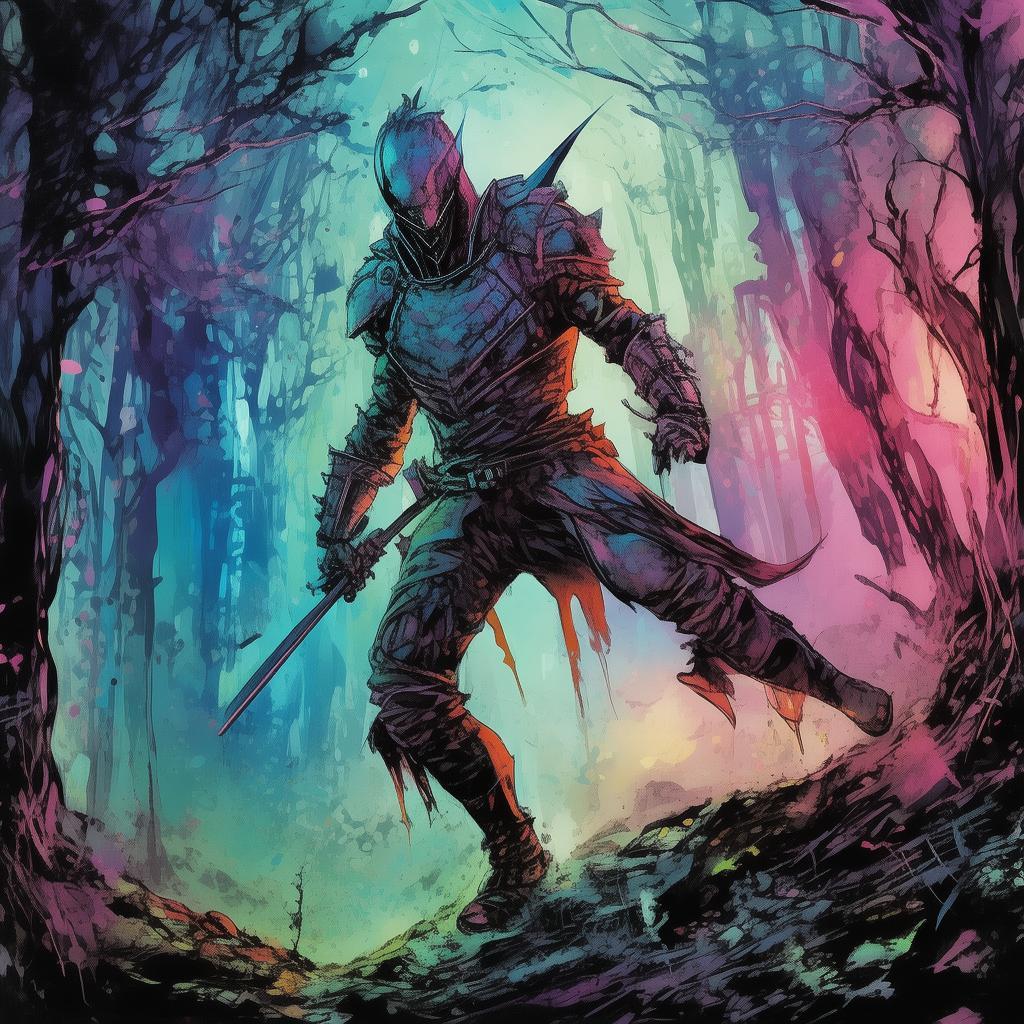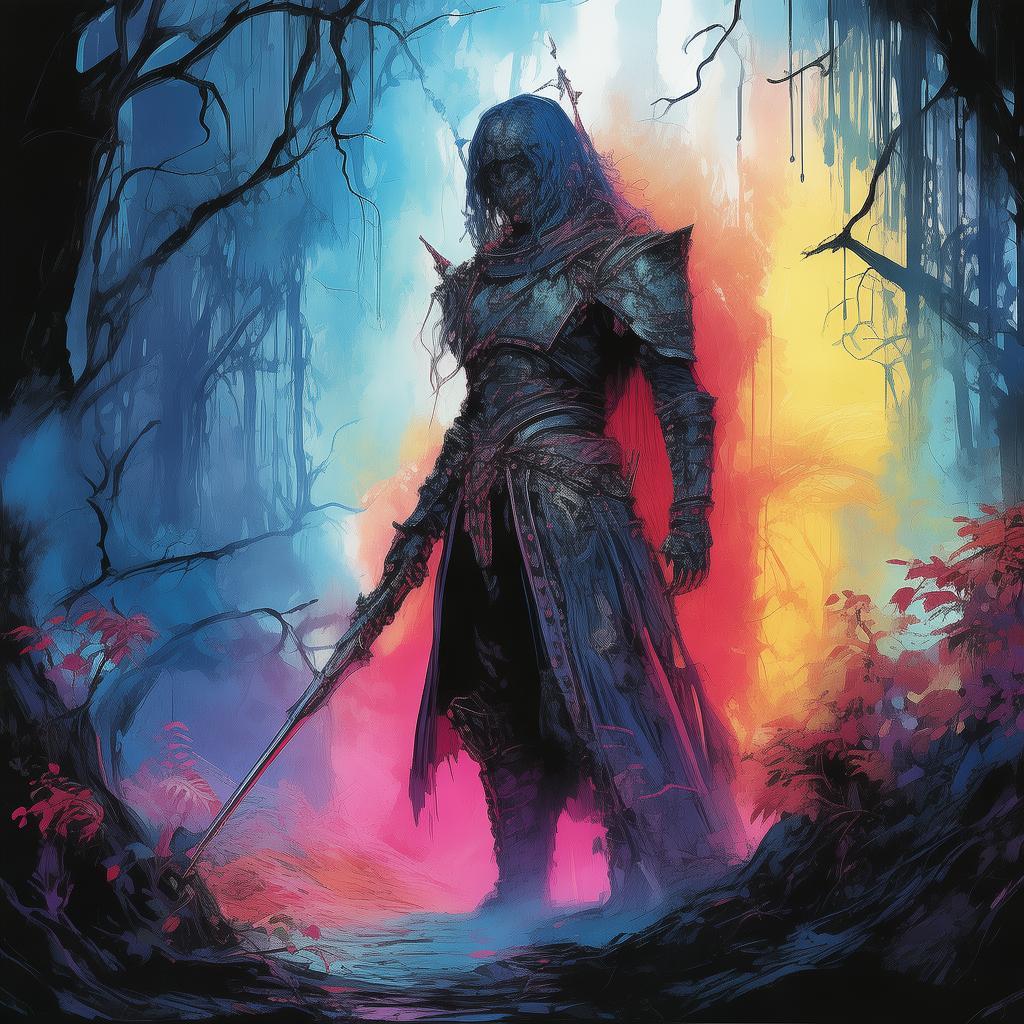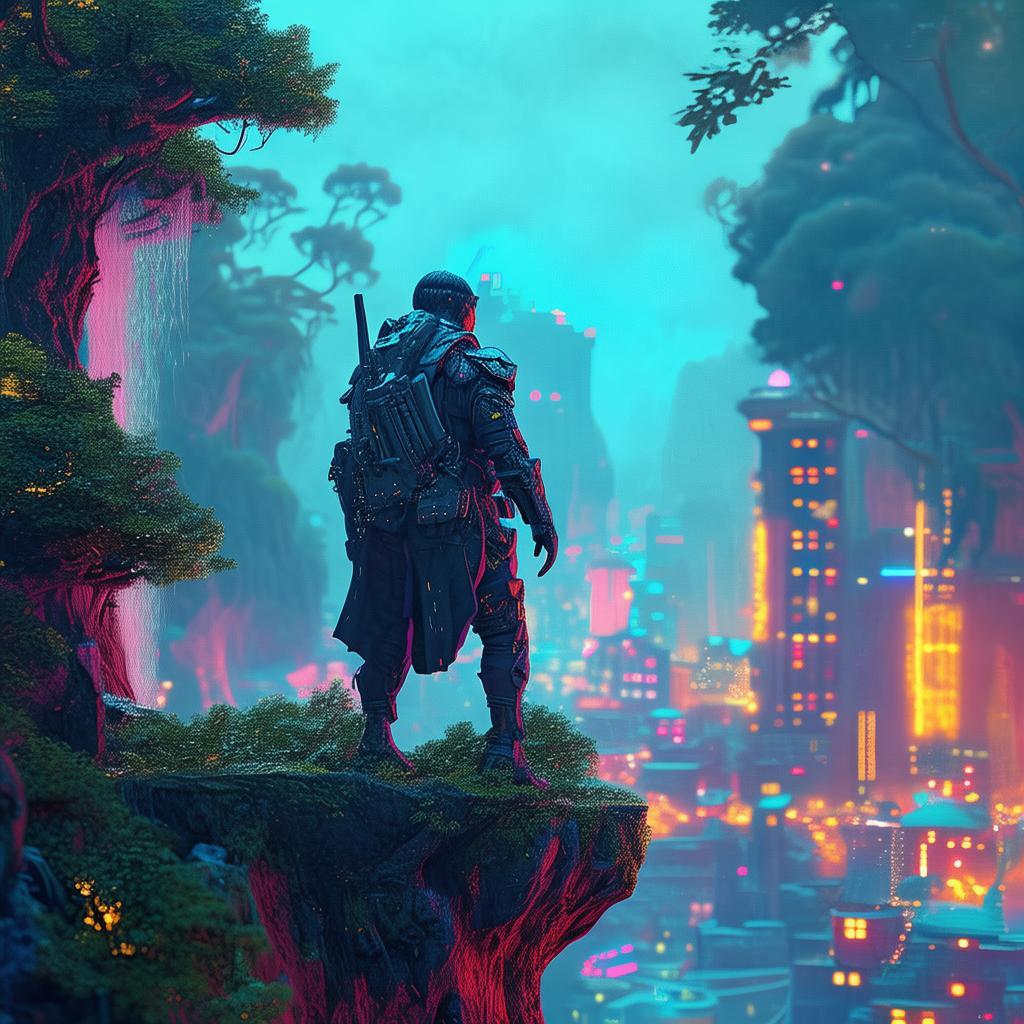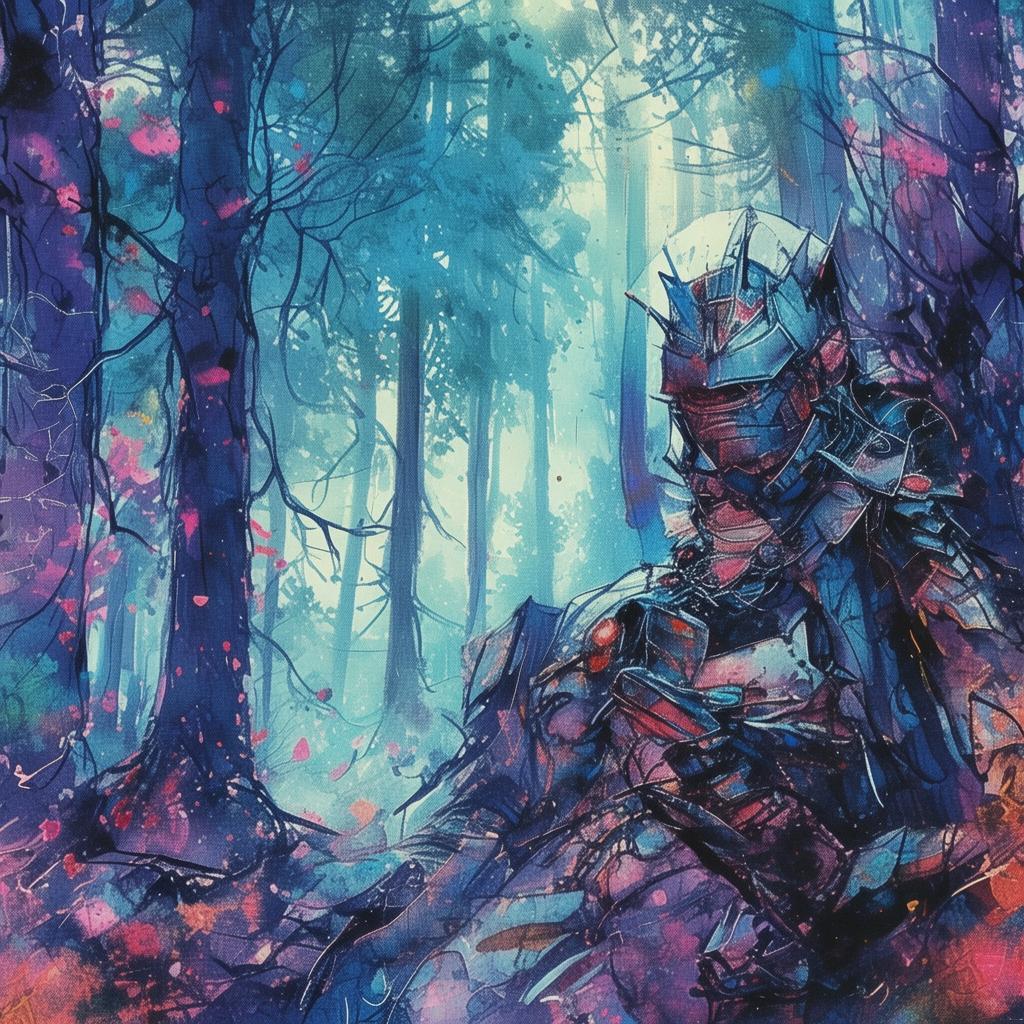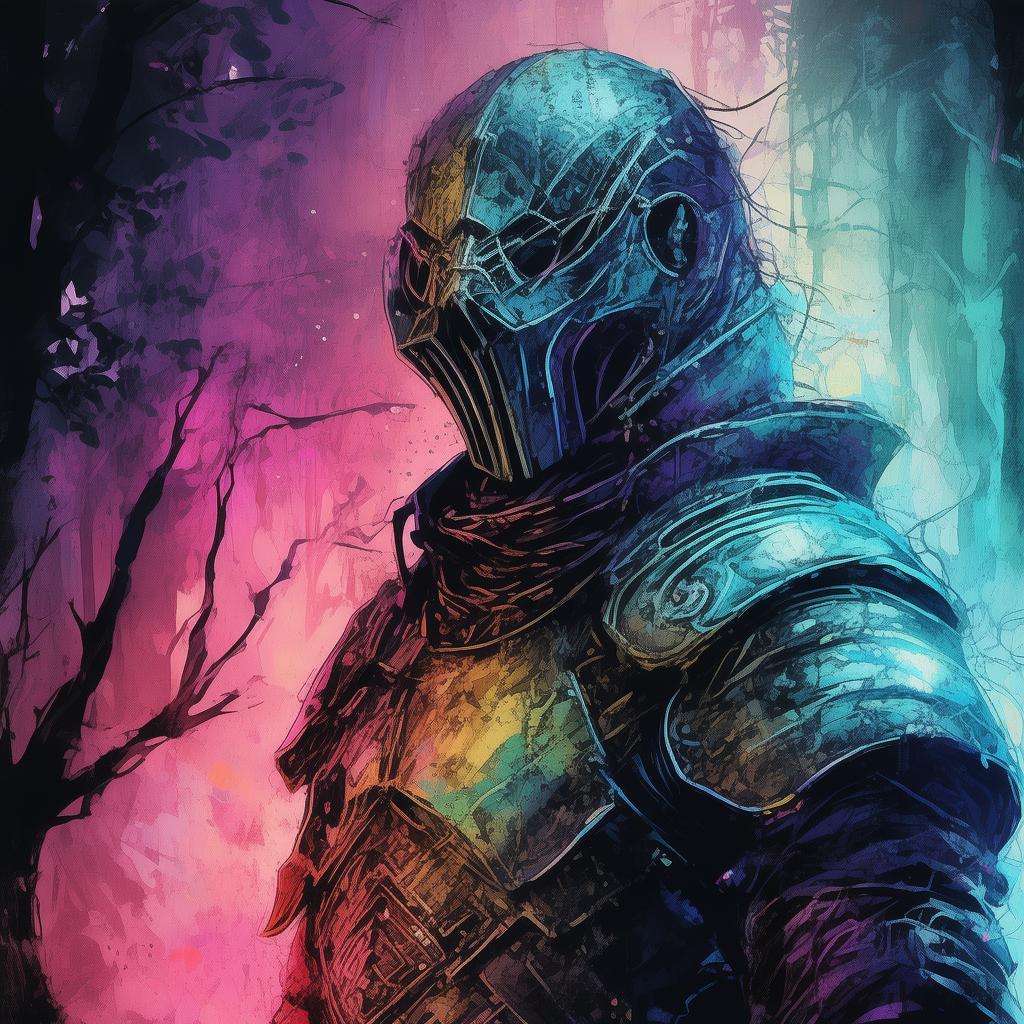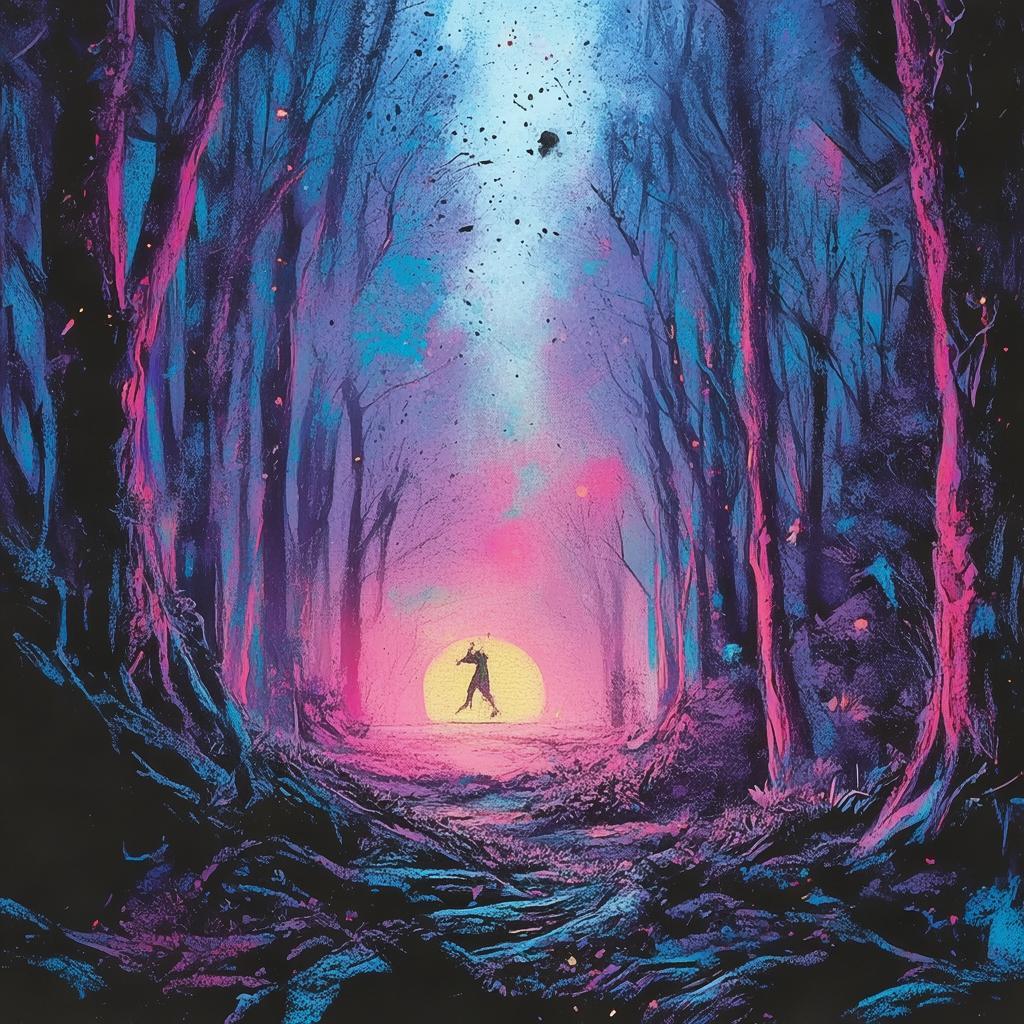Legacy of the Digital Labyrinth
In the heart of Neo-Tokyo, where the neon lights painted the skyline in a kaleidoscope of colors, Kael navigated the digital labyrinth with the precision of a chess master. His fingers danced over the keyboard, weaving code into the fabric of the virtual world, a realm where the lines between reality and illusion blurred.
The city was a chessboard, and Kael was the grandmaster, every move he made a calculated risk. His latest project, "The Chessboard of the Future," was a virtual reality game that allowed players to step into a world where their every decision could alter the course of history. It was a masterpiece, a testament to his brilliance, but it also held a dark secret that threatened to shatter his world.
Kael's mentor, the enigmatic figure known as The Architect, had been his guiding light, teaching him the art of hacking and strategy. But The Architect's true intentions had always been shrouded in mystery. As Kael delved deeper into the game, he discovered that it was designed to predict the future, not just play it out. And within that future, he found a truth that could change everything.
The Architect had created a digital version of Kael's life, a simulation so realistic that it could only be real. In this world, Kael had made different choices, leading to a future where humanity thrived, free from the technological constraints that bound them in the real world. But at what cost?
The Architect's voice echoed in Kael's mind, a siren call to a future that seemed so perfect. "Kael, you have the power to change the world. All you have to do is play the game."
But as Kael played, he realized that the Architect's vision was not without its shadows. The world of the simulation was a utopia, but it was built on the backs of those who had been left behind. Kael's own mother, a victim of the digital divide, had been erased from existence in this perfect world.
The decision weighed heavily on Kael's shoulders. Should he continue to play, allowing the simulation to take over, or should he disrupt the game, risking everything to save his own world and the ones he loved?
As he grappled with this moral conundrum, Kael's real-life world began to mirror the virtual one. The lines between the two became increasingly blurred, and he found himself making choices that would have real-world consequences. Friends became enemies, and enemies became allies in a game that was more dangerous than he had ever imagined.

The Architect's voice grew louder, a relentless nagging that pushed Kael to the brink. "You can be the hero of your own story, Kael. Embrace the future!"
But Kael's heart was torn. He loved the Architect, but he also loved his own world. He couldn't bear the thought of his mother being lost to a digital dream. The Architect, sensing Kael's indecision, unleashed a virus that threatened to destroy both worlds.
In the climax of the story, Kael faced a choice. He could either surrender to the Architect's vision and allow the virus to spread, or he could fight back and risk everything to protect his world. With the clock ticking, Kael made a decision that would define his legacy.
He broke the code, using his own expertise to counter the virus, and in doing so, he altered the course of history. The Architect's simulation was destroyed, and Kael's world was saved. But at what cost?
In the aftermath, Kael found his mother, alive and well, but forever changed by the events. He realized that the true power of the game was not in predicting the future, but in choosing it. He had the power to shape his own destiny, and he had chosen to fight for the world he loved.
The Chessboard of the Future had been a test, and Kael had passed with flying colors. But the real challenge was just beginning. As he looked into the future, he saw a world that was still filled with potential, a world where the choices of individuals could still make a difference.
And so, Kael stood at the edge of a new world, ready to play the game again, with the knowledge that the future was not a predetermined path, but a canvas on which he could paint his own legacy.
✨ Original Statement ✨
All articles published on this website (including but not limited to text, images, videos, and other content) are original or authorized for reposting and are protected by relevant laws. Without the explicit written permission of this website, no individual or organization may copy, modify, repost, or use the content for commercial purposes.
If you need to quote or cooperate, please contact this site for authorization. We reserve the right to pursue legal responsibility for any unauthorized use.
Hereby declared.


